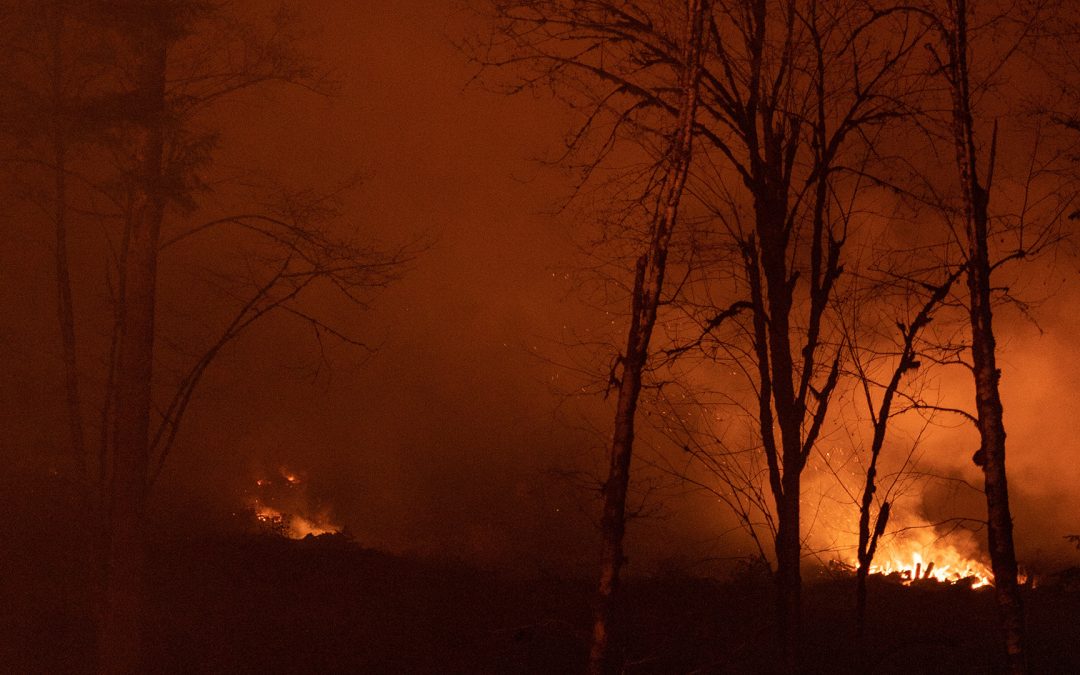Wildfires fueled by weather, wind and other natural conditions can burn acres of land in mere minutes and consume everything that is in the path. There are approximately more than 100,000 wildfires in the United States every year, which clear 4 million-5 million acres of land. A wildfire can move incredibly fast, with speeds of up to 14 miles an hour, which increases the disastrous impact by consuming everything in their wake. This includes brush, homes, trees, and unfortunately human lives.
How are wildfires formed? There are specific conditions that need to be present in order for a wildfire to burn. These three conditions are referred to by firefighters as the fire triangle. This includes fuel, oxygen, and a heat source.
First, fuel is the flammable material that surrounds a fire. Fuel can be trees, grasses, brush, and even homes. With a higher area of fuel load, this increases the intensity of the fire. Second, air supplies the oxygen that causes a fire to burn. The third is the heat source. The heat sources can spark the wildfire and lead to fuel temperatures hot enough to ignite. Also, things we may not think about, such as lightning, campfires burning, cigarettes, a hot wind, or even the sun can provide enough heat to spark a wildfire.
Nature is a vast contributor, but people start four out of five wildfires. What contributes to the spreading of a wildfire is dry weather, a drought that kills vegetation (turning it into fuel), strong winds which result in the spread of the fire, and warm temperatures. Package all of these factors up—- and all you need is a spark. So, the combination of natural conditions and also potentially lightening, a campfire, or even a cigarette can start a blaze that will consume anything in its path.
A wildfire can occur anywhere, but it’s most common in the West where there it is dry, increasingly high heat, a drought commonly occurs, and frequent thunderstorms only increase the extreme conditions.
In order to stop or attempt to control wildfires—traditional methods including spraying fire retardants and water dousing to extinguish flames. Referring to the fire triangle previously discussed, the fuel of the fire needs to be slowed down or contained. Or, even a controlled burning can remove undergrowth, ground litter from a forest, and brush.
While wildfires are destructive and damage the area we live in, they still naturally play a role for our eco-system. Wildfires can return nutrients that our soil is lacking through the burning process. They can also remove plants that are diseased and insects that cause problems to our forests.

